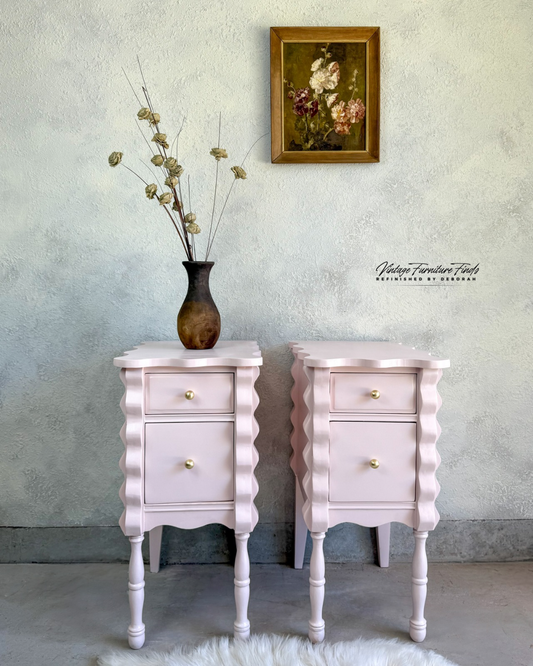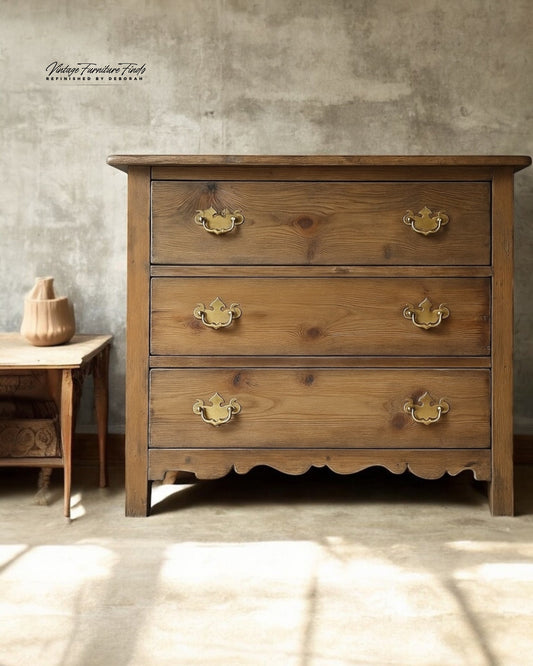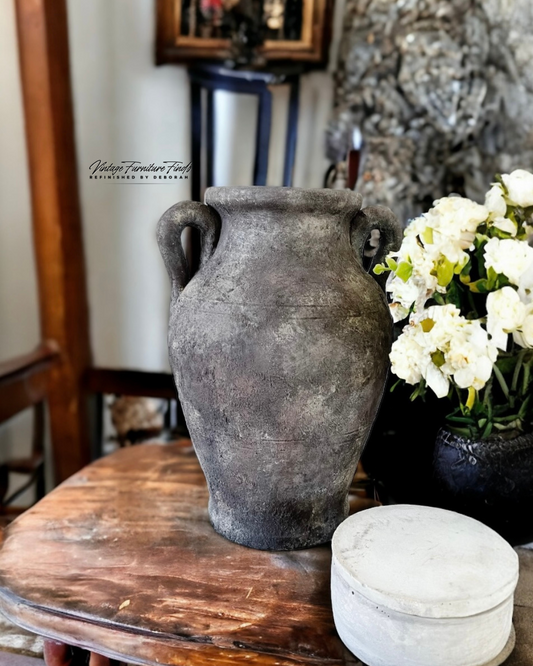
Steel wool can be incredibly helpful in furniture refinishing—but used the wrong way, it can absolutely wreck your project. If you’ve ever noticed dark spots or ghostly streaks appearing on your wood after stripping or finishing, there’s a good chance steel wool and tannins were having a quiet chemical meltdown behind your back.
Here’s what you need to know before you reach for that shiny silver fluff.
⸻
❌ When Not to Use Steel Wool
1. During Stripping
Just don’t. Steel wool may seem handy for scrubbing into curves or carved areas, but it sheds tiny iron fibers. When those fibers mix with stripper or water, they embed into the grain and react with the wood’s natural tannins—especially in oak, mahogany, and walnut.
That reaction creates iron oxide, also known as those hideous black or blue-gray stains that mimic mold and are incredibly hard to remove. You don’t want to go down that road.
2. With Water-Based Products
Water + steel wool residue + tannins = chemical disaster. If you’re using water-based stains, topcoats, or cleaners, do not use steel wool beforehand. Even trace amounts of leftover iron fibers can react with tannins and leave behind staining.
By the time you see those black spots, your only fix is oxalic acid—and even that might not fully reverse the damage. Prevention is way easier than repair.
⸻
✅ When Steel Wool Can Be Useful
Steel wool isn’t all bad. It still has its place—just not in the early stages of your refinishing process.
1. Between Coats of Oil-Based Finishes
Ultra-fine steel wool (#0000) is excellent for knocking down dust nibs or smoothing slight imperfections between coats of oil-based poly, shellac, or varnish. It leaves a velvety, hand-rubbed surface.
2. Buffing Wax Finishes
Paste wax buffs out beautifully with steel wool—leaving that soft, vintage glow that feels luxurious and lived-in.
3. Cleaning Hardware
Steel wool is perfect for removing rust or grime from drawer pulls, hinges, and other metal components. Just make sure you keep it far away from your bare wood surfaces.
⸻
🟡 A Smarter Alternative: Synthetic Scuff Pads
For most projects, you’re better off ditching the steel wool altogether and switching to synthetic scuff pads. They don’t shed metal fibers, don’t react with tannins, and come in various grits to match your prep needs.
Use them for:
• Scuff-sanding between paint or primer coats
• Prepping for topcoat without dulling your finish
• Applying or buffing wax
• Light distressing on edges or details
👉 I personally use and recommend these:
Synthetic Scuff Pads – Multiple Grits
They’re reusable, gentle, and give you all the control of steel wool—without the risk of ugly chemical stains.
⸻
🌳 Woods Most at Risk for Staining
🟡 High-Tannin Woods (Most likely to react with steel wool)
These are the “danger zone” woods when using steel wool with water or stripper:
• Oak (red & white)
• Walnut
• Mahogany
• Teak
• Chestnut
• Ipe
🟠 Moderate-Tannin Woods (Sometimes reactive)
Can stain under the right (wrong) conditions, especially with water-based products:
• Cherry
• Maple (hard & soft)
• Birch
• Hickory
🟢 Low-Tannin Woods (Least reactive)
Less likely to react, but still clean thoroughly if you use steel wool:
• Pine
• Poplar
• Alder
• Basswood
• Douglas Fir
• Ash
⸻
🔧 Best Practices (No Matter What Wood You Use):
• Never use steel wool during or after stripping
• Don’t use steel wool if you plan to apply water-based products
• Use synthetic scuff pads instead
• If you do use steel wool on sealed wood, clean thoroughly with mineral spirits and vacuum to remove all residue
⸻
Final Thoughts
Steel wool isn’t evil—it just requires caution. Used properly, it’s great for oil-based finishes and polishing wax. But when it comes to raw wood, water-based products, or high-tannin species? Skip it. The staining risk is just not worth the cleanup.
Stick with synthetic scuff pads like these for safer, smarter refinishing—and say goodbye to mystery blotches for good.





